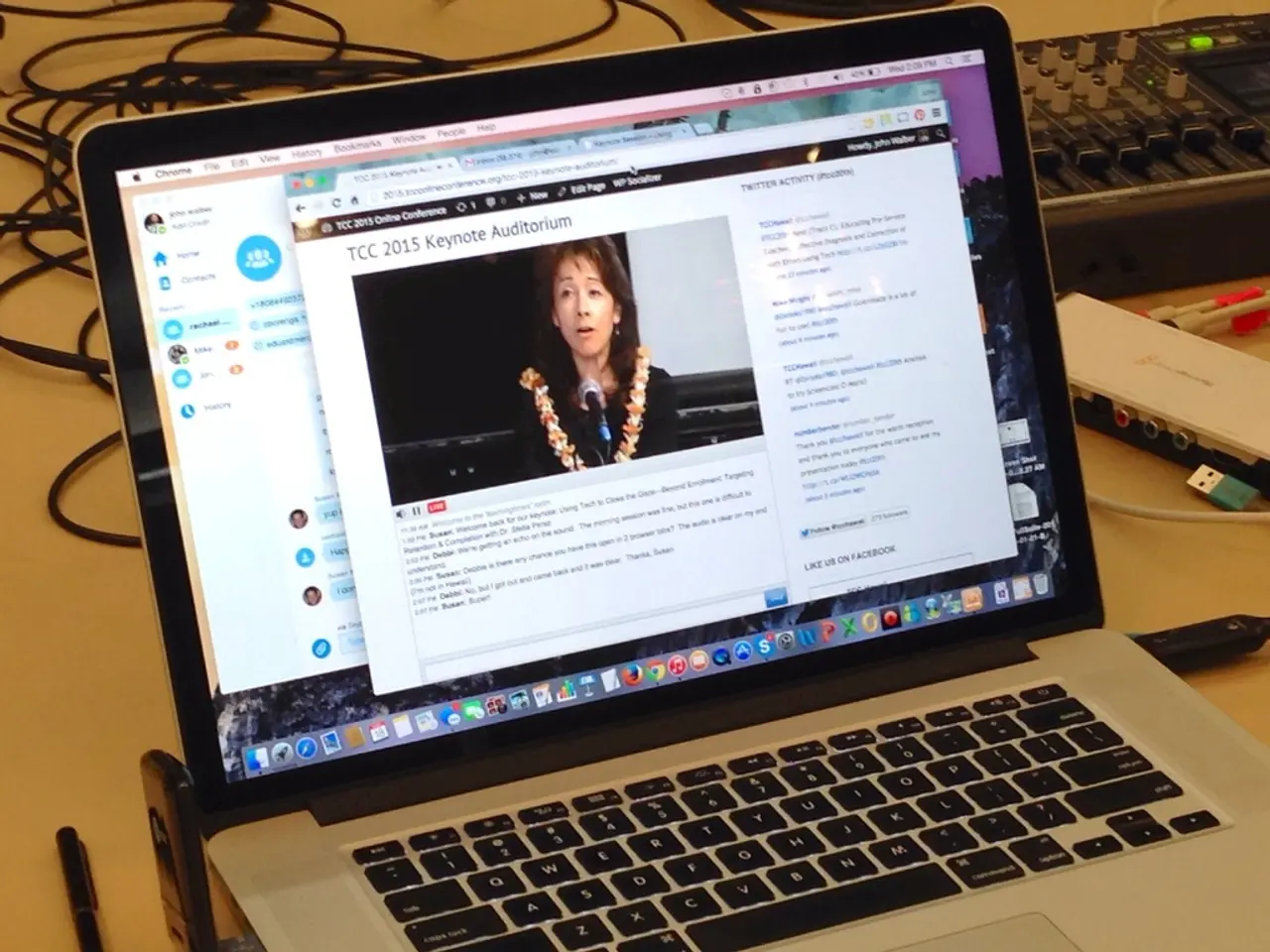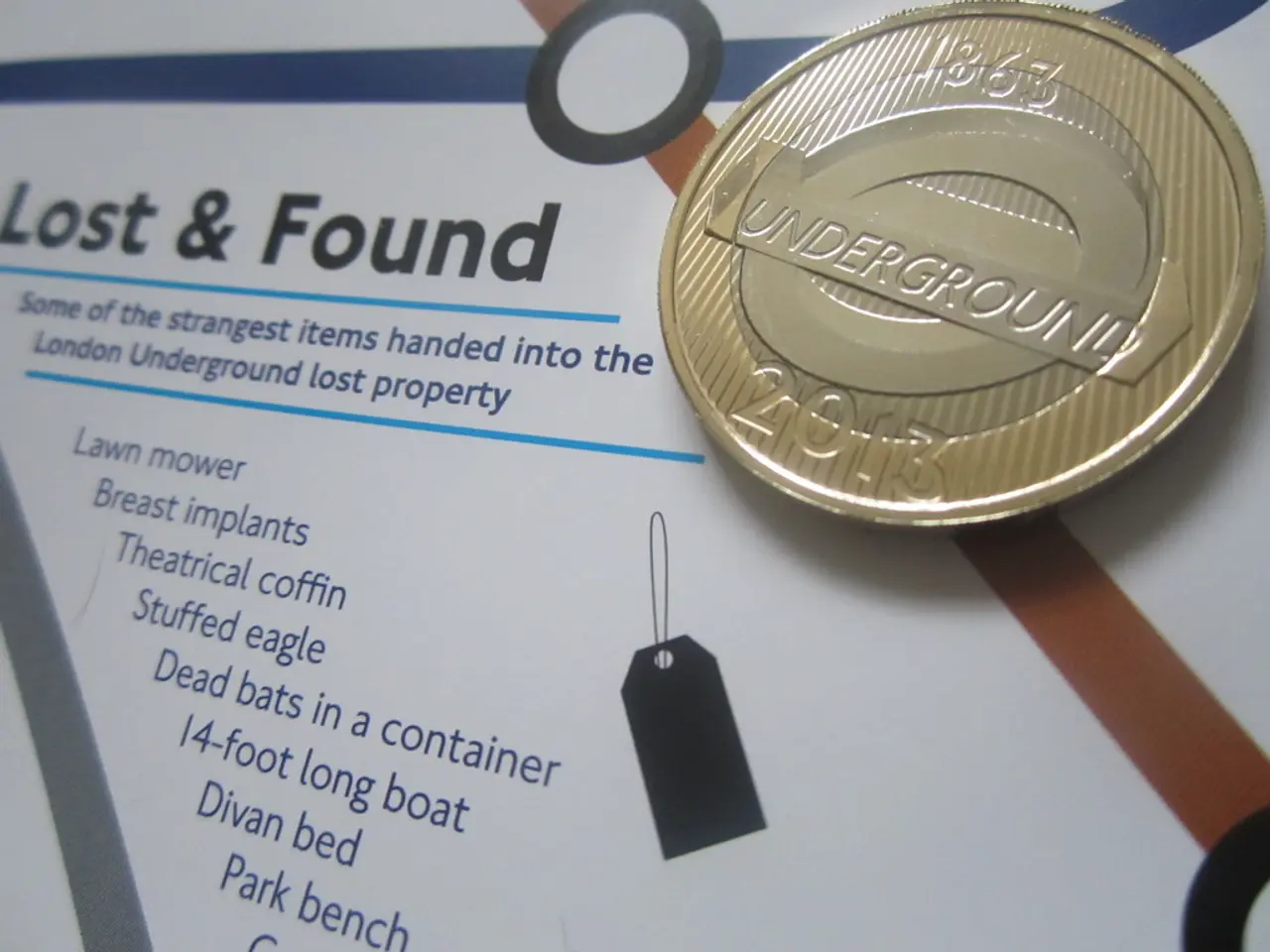Best Practices for Implementing Continuous Integration and Continuous Deployment (CI/CD) in the Year 2025
In the rapidly evolving world of software development, the practices surrounding Continuous Integration and Continuous Deployment (CI/CD) have become increasingly crucial. By 2025, scalable CI/CD pipelines are expected to rely heavily on automation enhanced by Artificial Intelligence (AI) and Machine Learning (ML), robust secrets management, continuous monitoring, and strategic use of leading CI/CD tools.
1. Automate Everything Feasible
Continuous integration, testing, deployment, and even post-deployment monitoring should be automated to accelerate delivery and improve reliability. Automation reduces manual intervention and human error, enabling faster feedback loops and continuous improvement.
2. AI-Driven Pipelines
Incorporating AI and ML into CI/CD pipelines is transformative by 2025. AI assists with predictive analytics such as anticipating flaky tests, automatically selecting optimal test subsets, deciding deployment timing, and detecting anomalies for automatic rollbacks. AI-driven decision-making improves pipeline efficiency, speeds up deployment, and reduces downtime.
3. Secrets Management
Managing secrets (such as API keys and credentials) securely within CI/CD pipelines is critical due to the gateway role CI/CD plays for infrastructure access. Replacing hard-coded secrets with identity-based or dynamic secrets management reduces security risks.
4. Continuous Integration Best Practices
Frequent code integrations into a central repository combined with automated build and unit tests are fundamental. This approach promotes small, incremental updates for consistent feedback and quality assurance.
5. Continuous Delivery and Deployment Automation
Continuously delivering validated code to staging or production-like environments with minimal effort, while optionally allowing human oversight (continuous delivery) or fully automatic release to end-users (continuous deployment), will remain the norm for scalable pipelines.
6. Pipeline Monitoring
Monitoring CI/CD pipelines using key performance and reliability metrics is essential to maintain agility and detect issues early. Integrated monitoring tools provide visibility into builds, deployments, and production metrics, enabling proactive maintenance.
7. Cross-functional Collaboration
Breaking down silos between development, operations, security, and other teams is a key practice for achieving DevOps success by 2025. Cross-functional collaboration offers benefits such as shared responsibility, faster problem resolution, and improved communication.
8. Environment as a Service (EaaS)
On-demand, ephemeral environments for CI/CD pipelines are provided by EaaS, ensuring developers have access to the environments they need.
9. Continuous Learning and Improvement
Embracing a growth mindset, continuous learning and improvement is essential for staying ahead in the fast-paced world of software development. Regularly reviewing and improving CI/CD processes, tools, and practices is crucial for maintaining efficiency and effectiveness.
10. Ethical CI/CD
Ensuring responsible and inclusive practices, ethical CI/CD is becoming a pressing concern for organizations developing ethical software by 2025. To implement, establish and follow ethical standards, focus on inclusive design, and consider transparency in CI/CD pipelines.
The DevOps market is projected to reach $25.5 billion by 2028 with a reported growth of 19.7% from 2023 to 2028. By 2025, Immutable Infrastructure has become standard for ensuring consistency and reliability in CI/CD pipelines. CEOs worldwide are inclined toward CI/CD pipelines to accelerate their release cycles and minimize support time by up to 60%.
In summary, by 2025, scalable CI/CD pipelines will rely on fully automated and AI-enhanced processes, strong security in secrets management, continuous monitoring, and the right tooling ecosystems to meet the increasing demands for speed, reliability, and security in software delivery. Ethical CI/CD will also become a pressing concern for organizations developing ethical software.
To embrace the forthcoming digital transformation, product engineering should be embedded in strategic CI/CD practices, leveraging AI-driven pipelines for enhanced predictive analytics. This will help minimize human error, speed up processes, and ensure a more reliable software delivery experience.
Moreover, cloud engineering should aim to take advantage of scalable CI/CD pipelines, integrating continuous learning and improvement with cross-functional collaboration, and ethical practices as a priority, to maximize efficiency and effectiveness, while aligning with the growing demands of technology.




